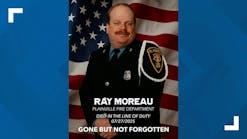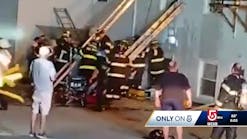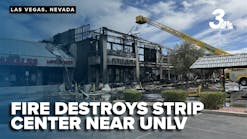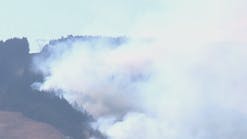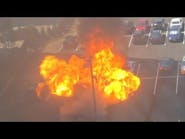Rich Hawkins, the Forest Service's acting chief of firefighting and aviation for Southern California, said firefighters were unable to reach the fire's origin early on without unduly risking their lives.
Attempting to use a winding, sloping, rutted road to get firefighting rigs to the fire the night of Oct. 25 while it was still small could have resulted in ``a massive firefighter mortality situation,'' he said Friday.
Instead, firefighters decided to let the fire burn until it reached a more accessible area, Hawkins said.
The fire ultimately burned nearly 280,000 acres, destroyed more than 2,200 homes and killed 14 people. Questions have been raised about whether authorities were slow to respond or took every available measure when the fire broke out.
An offer by a San Diego County Sheriff's Department helicopter pilot to dump water on the fire was refused because of a flight rule that grounds aircraft as the sun drops below the horizon.
Sheriff's helicopters, with 100-gallon buckets, would not have made a difference on a fire described as ``five football fields of flame'' by about 6:30 p.m., when the helicopter offer was made, Hawkins said.
The next day, the California Department of Forestry refused help from Navy helicopters because the pilots lacked state certifications.
``The problem wasn't about aircraft,'' Hawkins said. ``It was the roadless nature of the fire's origin that is the story.''
Hawkins said a preliminary investigation by the Cedar Fire Initial Attack Fact Finding Team determined that fire crews responded within two minutes of the first reports, access to the fire was severely limited, and evacuations were ordered before the fire jumped the San Diego River and began racing toward homes.
